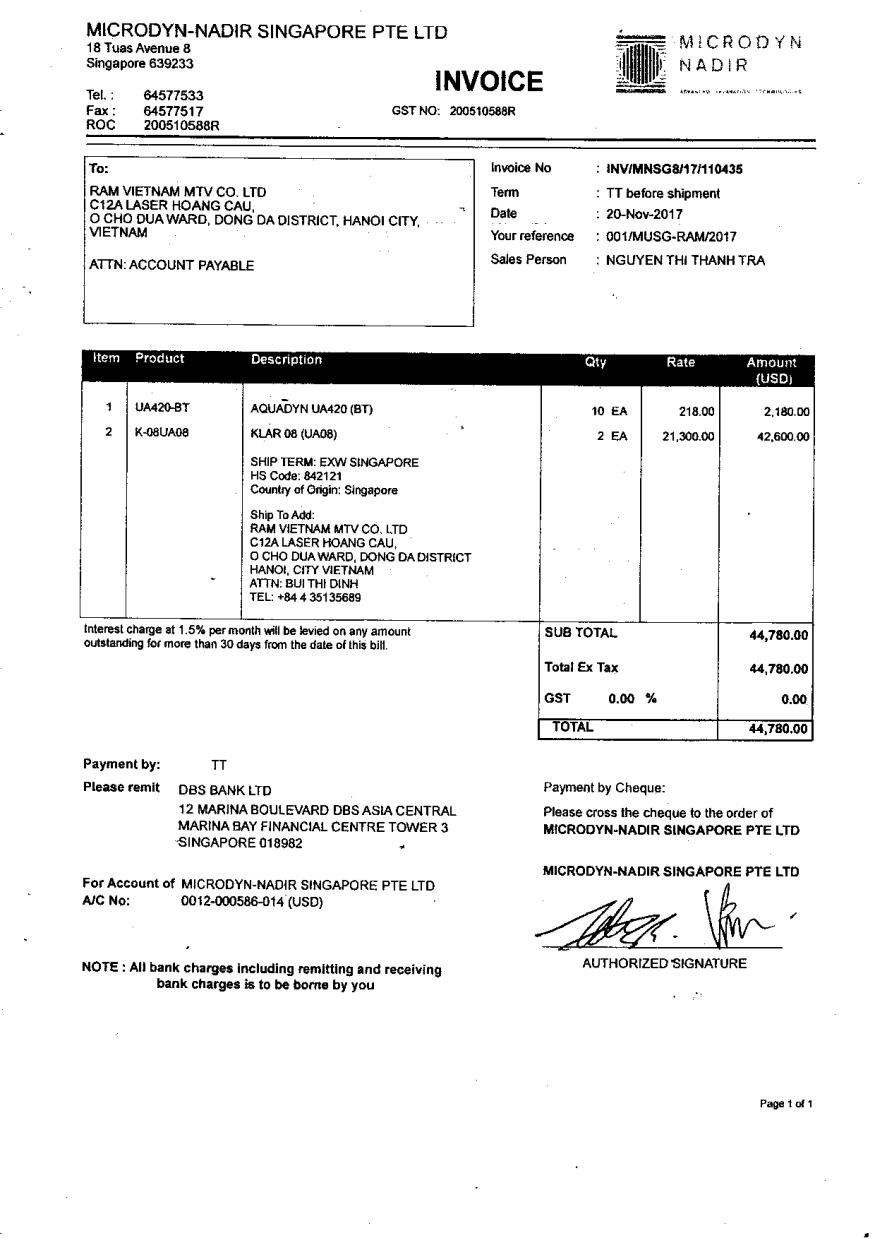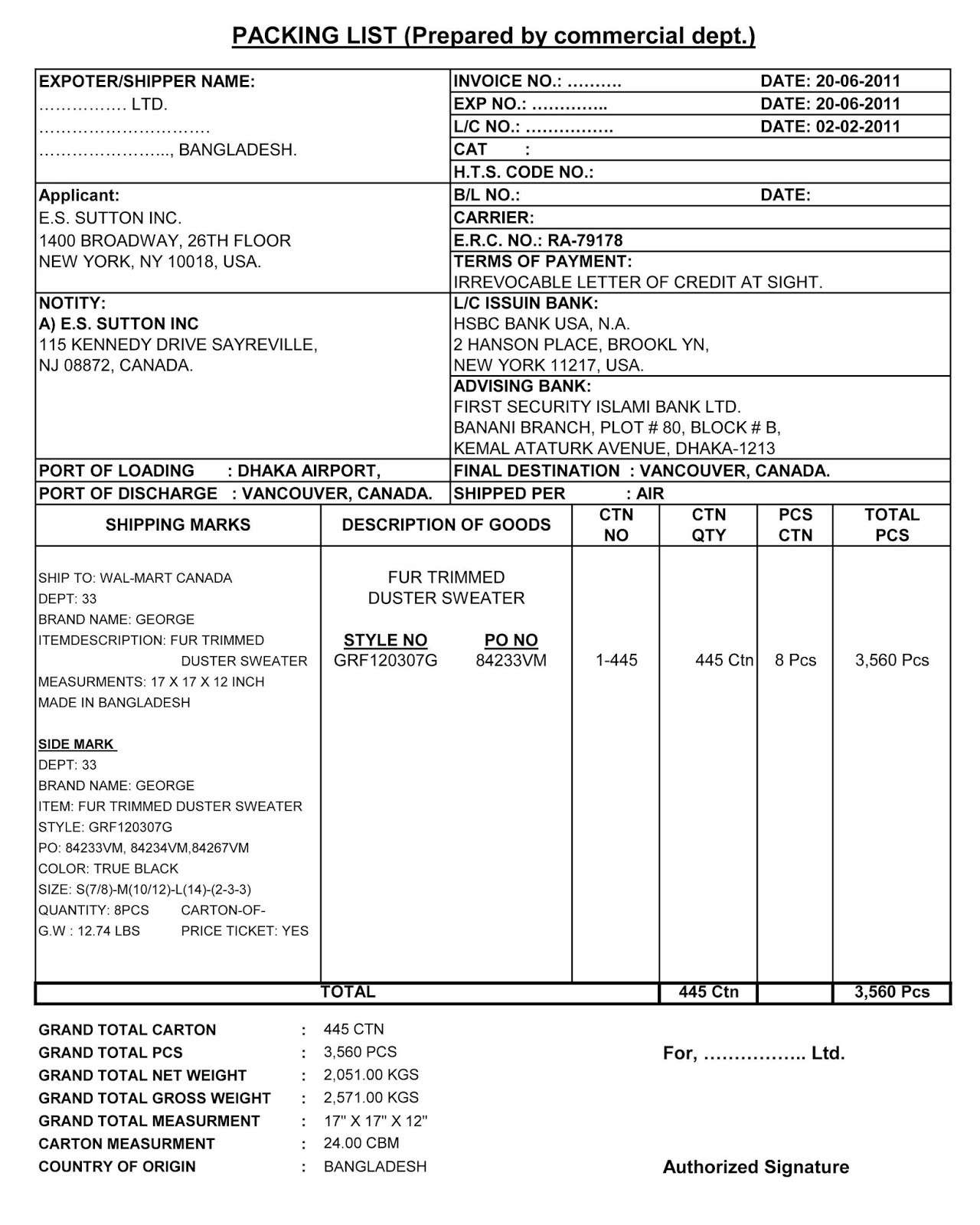Many shippers are aware of the importance of the Bill of Lading and its critical role in ensuring that an ocean freight consignment is transported and retrieved properly. The significance of the shipment packing list, on the other hand, should not be neglected.
There are key components of a packing list to be mindful of, whether you’re filling one up to ship business products or to relocate overseas. A simple misunderstanding of this text could result in unnecessarily long delays and fees.
The following are the five most typical misunderstandings about the shipment packing list:
-
The similarity between the packing list and the business invoice
In terms of the information contained on both forms, the list of packing and commercial invoice are similar. However, there is a distinction in terms of functionality.
The commercial invoice number must be indicated on the list of packing, and the information on both documents must match. The commercial invoice, on the other hand, cannot be used to replace each other and vice versa.
The list of the things to bring specifies the quantity, type, weight, and dimensions of the goods being sent and is a legal requirement in the event of a disagreement or a claim.
The business invoice, on the other hand, is a legal document between the supplier and the consumer that defines both the products being sold and the price the buyer must pay to get the goods.

-
A packing list requires additional information for an international move.
No, for business exports, the packing list usually requires additional information.
These comprise all of the financial information for all of the things being shipped. This allows customs officers to assess the total worth of the cargo and ensure that the correct number of components are counted.
Keep in mind that it will be used not just for customs clearance, but also as a tool to keep track of all of your belongings.

-
A packing list’s information should be a bare minimum.
This is wrong. The list of items to bring should include not only the dimensions and weight of each individual box and package, but also the total weight of the shipment.
It also include the shipper/and exporter’s consignee’s complete contact information.
Each package should be described with the general commodities when making a list of packing for an international move.
You should also mention the Incoterm under which the shipment will be dispatched for commercial shipments. Make sure it’s the same across all of your documents.
We’ve seen circumstances when the EXW Incoterm is provided but a different Incoterm is listed on another document at iContainers.
The possibility of confusion and blunders is reduced when precise and accurate information is listed.
-
On the packing list, exporter can enter an approximate weight.
Never include an approximate weight on the packing list because this could lead to unnecessary inspections and delays.
When a shipment arrives at a port, it is normally weighed and measured, whether it is at its origin or destination.
If there are any differences between the actual weight and the weight listed on the packing sheet, customs authorities may decide to hold your container while they conduct an inspection.
The shipment cannot be transported unless the cargo’s contents and details are verified to be accurate.
-
The list of packing is not important
One of the most significant documents in shipping is the list of packing. It is, in fact, required to create the Bill of Lading.
It notifies all parties involved in the shipping process of the shipment’s contents. It’s also the paperwork that customs officials at the destination examine to see if the goods conforms with local security and compliance regulations.
The information on a packing list is required by law to file the Electronic Export Information (EEI) in the Automated Export System (AES), which is used to check the goods and prevent the transportation of wrong items.
It may be used as evidence in the event of a disagreement between the carrier and the shipper about the cargo’s dimensions and weight. In order to register a claim in the event of cargo damage, the packing list is required.
——————————————————————————————–
Contact us for more information:
Head Office: 01. Hoang Ngoc Phach, Dong Da District , Hanoi city
Email: contact@worldcourier.vn
Facebook: https://www.facebook.com/worldcouriervietnam
Website: https://worldcourier.vn/en/
